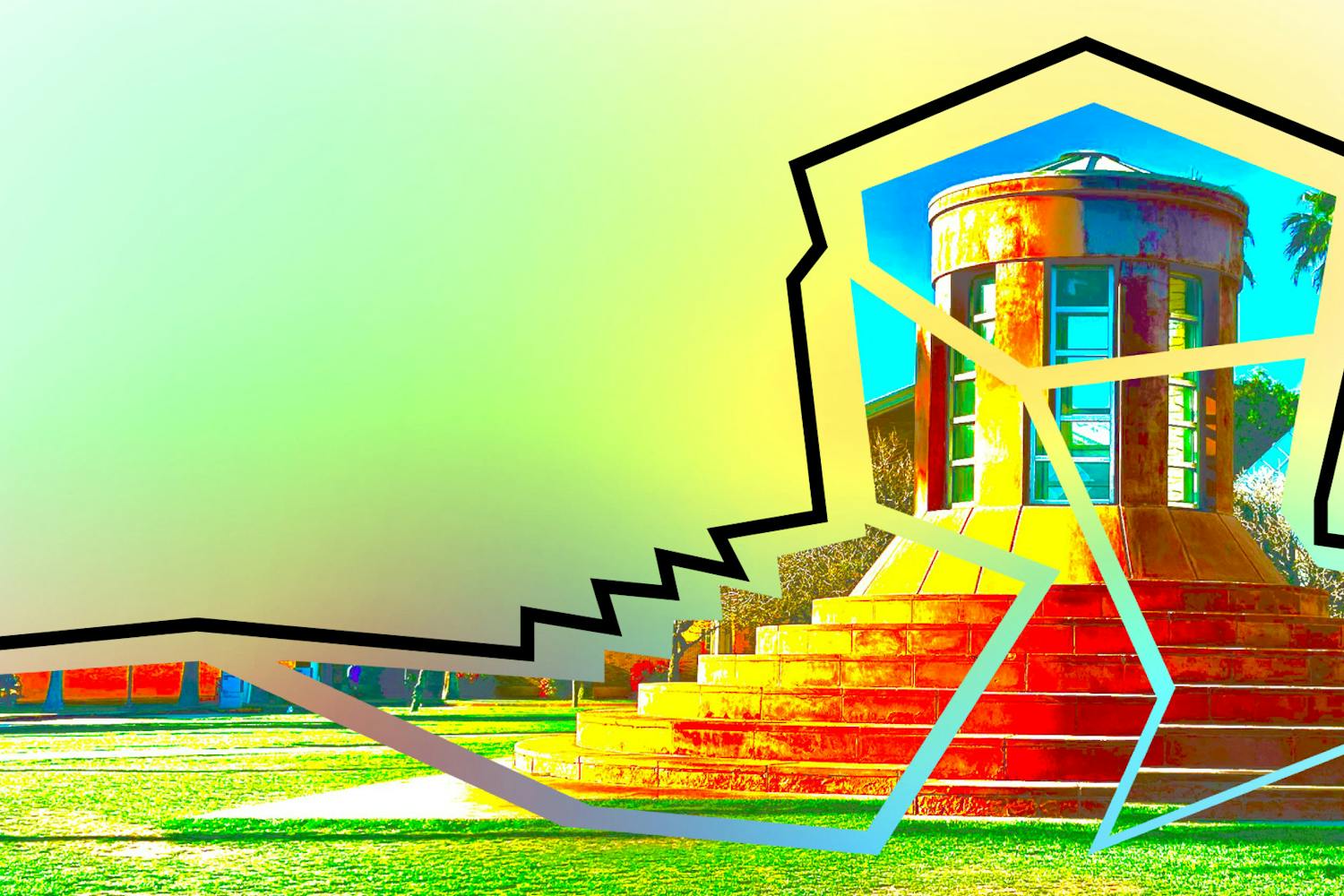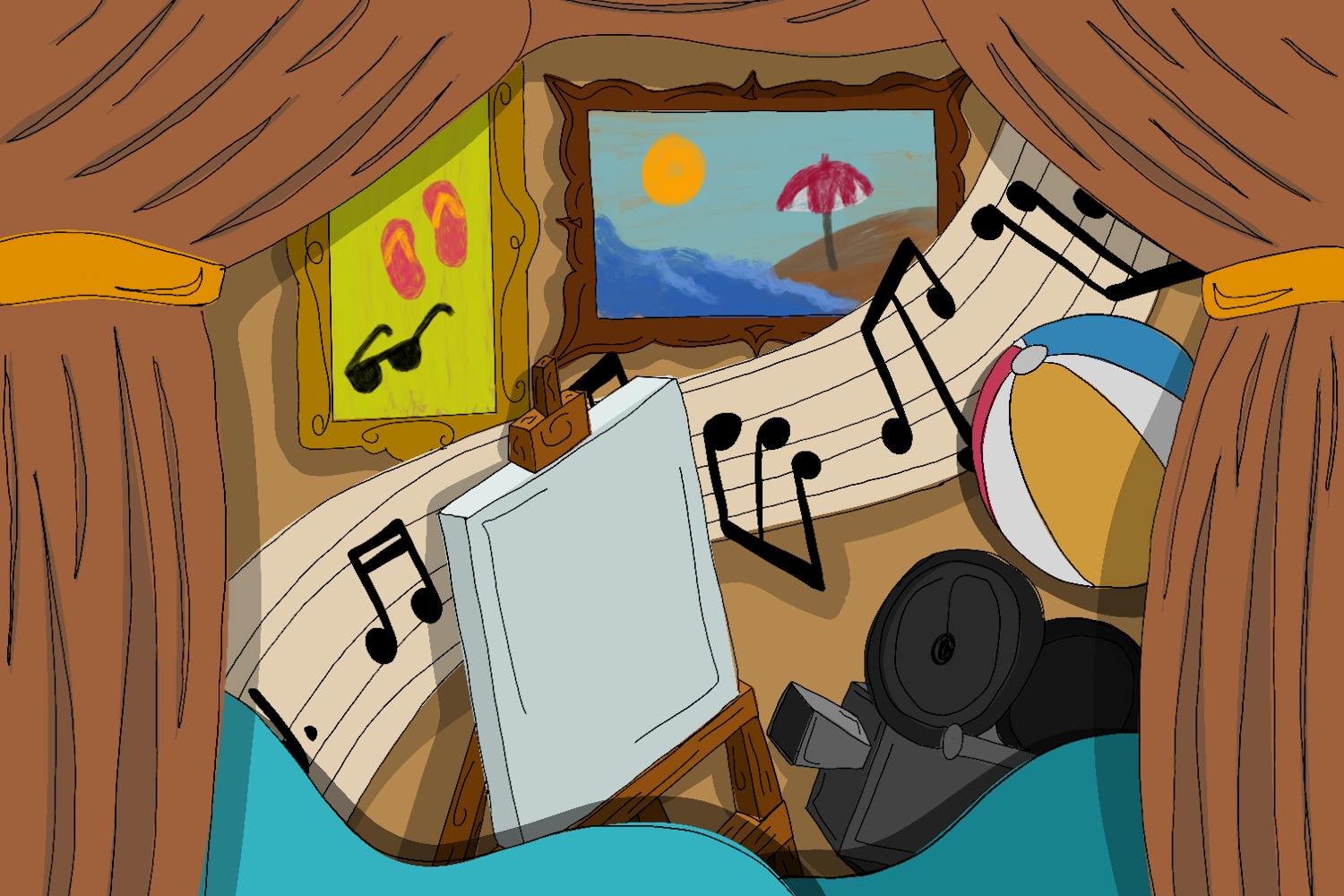ASU biologists are displaying a new art form on campus with the help of glowing fish, mice, tobacco and amoebas.
"The Eighth Day" is an exhibit currently on display at the Computer Commons Gallery. It lasts through Nov. 2 from 10 a.m. to 4 p.m.
ASU biologists and assistant professors Alan Rawls and Jeanne Wilson-Rawls collaborated with artist Eduardo Kac to create an artificial ecosystem of genetically engineered organisms. The fish, mice, ameobas and tobacco plants have an implanted gene that makes them glow in the dark under a blue light.
The animals were collected from labs around the nation that were creating creatures with the gene that produces green fluorescent protein.
Kac calls the project "transgenic art" because of the use of transgenic creatures, which are organisms that are genetically engineered. The idea behind the art project is to educate and stimulate debate about new technologies that allow genetic manipulation, Rawls said.
"Transgenics are becoming more and more a part of our daily lives and a lot of people don't have a sense of that. Technology is on the brink of applying transgenics to a lot of new things," he said. "For example, currently, there is research to develop transgenic foods with vaccines, so we could eat a banana instead of taking a shot. Also, with that advancement, we could send food with vaccines to Third World countries inexpensively."
Rawls also said transgenics could be studied to discover cures for human illnesses.
"We can create human conditions in animals like Alzheimer's disease. Scientists get stuck when we have to start treating human patients with experimental drugs. There is a controversy with using animals, but most would agree that if we use animals, it would be better," he said.
Rawls and Sheilah Britton, administrator of the Institute for Studies in the Arts Research, said they have not had any negative feedback from people concerned with animal rights.
"I think we have tried to provide a lot of information, and when you provide that type of context, people have a better understanding of the why it is there," Britton said.
"The use of animals in art and science is certainly a debatable issue. I think the important thing is that the animals are taken care of," said Rawls.
He added, "In 'The Eighth Day,' the primary issue was what's good for the animals; animals first, not art. We also worked with the campus veterinarian and the committee that oversees the use of animals to make sure everything ran OK."
Molecular biology junior Thomas Sawyer visited the exhibit and said he does not feel "The Eighth Day" is cruel to animals.
"Nothing is hurting that mouse," he said. "If students are educated properly and understand science, they would know this isn't mean to animals. The mice don't know that they glow in the dark. They are fed well and they have water; it's just as if they were pets."
Reach Sandy Almendarez at salmend@imap2.asu.edu.



